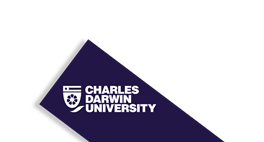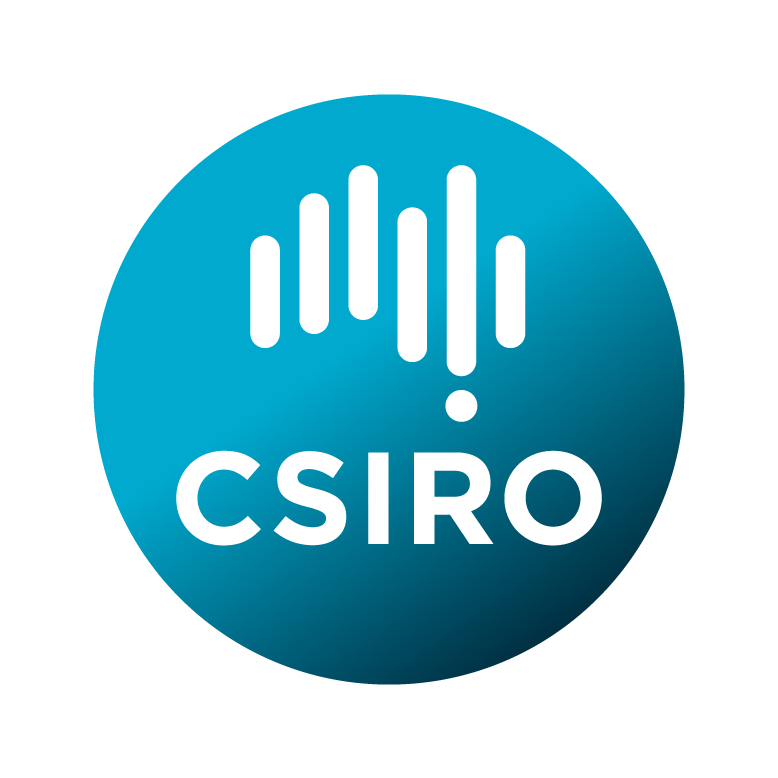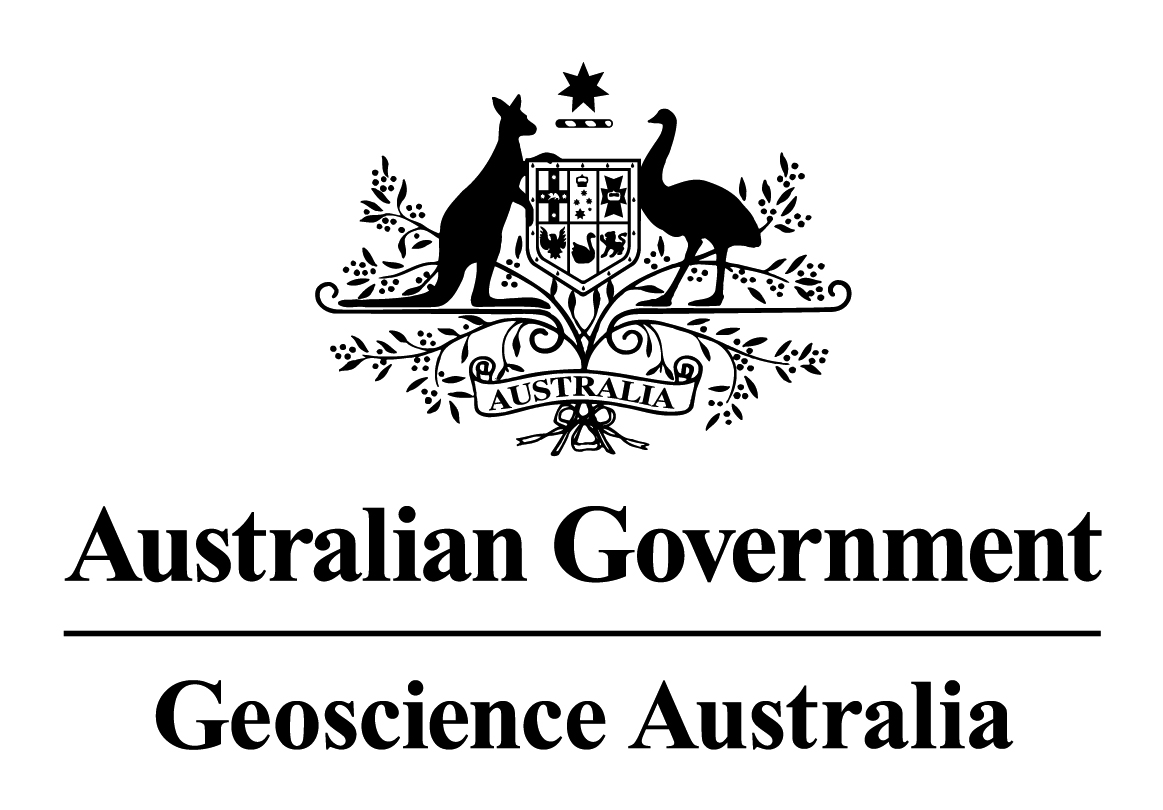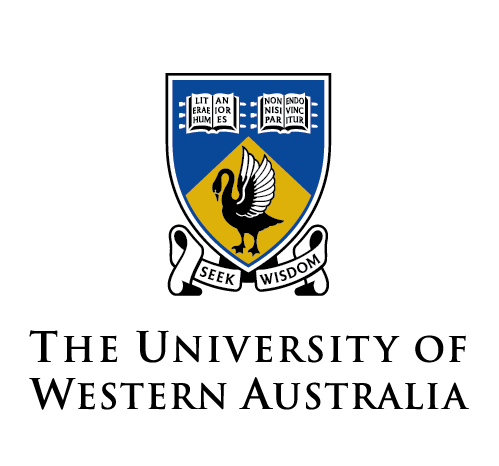The Australian Institute of Marine Science (AIMS) has extensive world class capability (staff, infrastructure, background IP and data resources) to deliver multidisciplinary research to the wide range of stakeholders interested in the NESP Marine Biodiversity Hub. AIMS focus is on tropical marine systems, and the integration of field studies, remotely-sensed data and advanced numerical modelling to support evidence based decisions by government and industry. The Institute has a strong track record for program leadership, national and international collaborations and delivery of end-user-focused research as a partner in the previous CERF and NERP Marine Biodiversity Hubs.
Governance
The Marine Biodiversity Hub is one of six hubs funded by the National Environmental Science Program, a long-term commitment by the Australian Government to environment and climate research. Our research provides nationally consistent scientific information to support evidence-based decision making about marine species, marine protected areas, and pressures on the marine environment. The Hub has 10 research partners and is hosted by the University of Tasmania.
- Overview of the roles and responsibilities of committees/governance - as at December 2019
Steering committee
The steering committee meets twice a year to approve research progress and planning, and review the Hub's alignment with Department of Agriculture, Water and the Environment priorities and contractual obligations.
Independent chair: Peter Cochrane
Executive officer: Sarah Gracie
Members
Karen Gibb - Charles Darwin University
Alan Jordan - University of Tasmania (Formerly Nic Bax - University of Tasmania, retired March 2020)
Jason Mundy - Department of Agriculture, Water and the Environment
Gary Kendrick - University of Western Australia
David Souter - Australian Institute of Marine Science
Paul Hedge - University of Tasmania
Terry Bailey - Institute for Marine and Antarctic Studies, UTAS*
Jeanette Corbitt - Department of Agriculture, Water and the Environment (NESP program)
Geoff Richardson - Department of Agriculture, Water and the Environment
Maree Wilson - Geoscience Australia
Stan Lui - Torres Strait Regional Authority
Research leadership team
The research leadership team meets monthly to plan and review Hub research.
Chair
Chair: Alan Jordan - University of Tasmania
Members
Neville Barrett - Institute for Marine and Antarctic Studies/UTAS*, Hobart
Rachel Przeslawski - Geoscience Australia, Canberra
Piers Dunstan - CSIRO, Hobart
Keith Hayes - CSIRO, Hobart
Paul Hedge - University of Tasmania, Hobart
Michele Thums- Australian Institute of Marine Science, Townsville
Peter Kyne - Charles Darwin University, Darwin
Research user committee
This committee meets annually to review previous work and advise on priorities for future research.
Independent chair: Peter Cochrane
Executive officer: Sarah Gracie
Members
Australian Fisheries Management Authority
Australian Marine Safety Authority - Paul Irving
Fisheries Research and Development Corporation - Crispian Ashby
Department of Agriculture, Water and the Environment (NESP program) - Lee-Anne Shepherd
National Offshore Petroleum Safety and Environmental Management Authority - Christine Lamont
University of Tasmania - Alan Jordan, Paul Hedge
WWF Australia - Richard Leck
Australian Petroleum Production & Exploration Association - Libby Howitt
Research partners committee
Research partners meet at least twice a year to review progress against the existing research plan, and propose new ideas and opportunities for future research.
AIMS - David Souter
Charles Darwin University - Karen Gibb
CSIRO - Alistair Hobday
Geoscience Australia - Maree Wilson
Integrated Marine Observing System - Michelle Heupel
Museum Victoria - Tim O'Hara
NSW Office of Environment and Heritage - Tim Pritchard
NSW Department of Primary Industries - Natalie Moltschaniwskyj
University of Tasmania - Terry Bailey, Alan Jordan, Paul Hedge
University of Western Australia - Gary Kendrick
Partners
Funding programs
Current funding
National Environmental Science Program (NESP): July 2015 to June 2021
Past funding
National Environmental Research Program (NERP): July 2011 to December 2014
NERP projects provided scientific information and advice to support national decision making, specifically in implementing and monitoring marine bioregional plans, developing the National Representative System of Marine Protected Areas, and providing key baseline information. The five research themes were:
1. National monitoring, evaluation and reporting
2. Supporting management of marine biodiversity
3. National ecosystems knowledge
4. Regional biodiversity discovery to support marine bioregional plans
5. Science and policy initiatives - Great Barrier Reef World Heritage Area Monitoring Framework
NERP publications are available on this website.
Commonwealth Environment Research Facilities (CERF): 2007 to 2010
The CERF Marine Biodiversity Hub provided sound advice to inform environmental public policy objectives and better manage Australia's unique environment. Projects analysed the patterns and dynamics of marine biodiversity to determine the appropriate units and models for effectively predicting Australia's marine biodiversity. They also developed and delivered tools for managing Australia's marine biodiversity. CERF collaborators included the University of Tasmania, CSIRO, Geoscience Australia, the Australian Institute of Marine Science and Museum Victoria.
CERF publications are available on this website.

 Charles Darwin University (CDU) will contribute substantially to Hub outcomes around improving the management of marine threatened and migratory species. The Research Institute for the Environment and Livelihoods (RIEL) at CDU is uniquely placed in northern Australia amongst habitat of critical importance for a variety of marine taxa with considerable expertise in the ecology of threatened species. RIEL has direct links with key collaborators and stakeholders, in particular Kakadu National Park, NT Fisheries and the Northern Australian Indigenous Land and Sea Management Alliance (NAILSMA). Importantly, RIEL and its partners have longstanding relationships and work closely with Indigenous land and sea managers and custodians to deliver positive environmental and livelihood outcomes.
Charles Darwin University (CDU) will contribute substantially to Hub outcomes around improving the management of marine threatened and migratory species. The Research Institute for the Environment and Livelihoods (RIEL) at CDU is uniquely placed in northern Australia amongst habitat of critical importance for a variety of marine taxa with considerable expertise in the ecology of threatened species. RIEL has direct links with key collaborators and stakeholders, in particular Kakadu National Park, NT Fisheries and the Northern Australian Indigenous Land and Sea Management Alliance (NAILSMA). Importantly, RIEL and its partners have longstanding relationships and work closely with Indigenous land and sea managers and custodians to deliver positive environmental and livelihood outcomes. The Commonwealth Scientific and Industrial Research Organisation (CSIRO) is one of the world’s largest research agencies developing new processes, technologies and knowledge to support good economic, environmental and social outcomes for Australia. Over the last 60 years CSIRO has developed the skills and expertise to undertake large-scale multidisciplinary marine science. This science informs sustainable use policies designed to improve the stewardship of Australia’s unique biodiversity. CSIRO will share expertise and collaborate with partners to make a strong contribution to the NESP outcomes.
The Commonwealth Scientific and Industrial Research Organisation (CSIRO) is one of the world’s largest research agencies developing new processes, technologies and knowledge to support good economic, environmental and social outcomes for Australia. Over the last 60 years CSIRO has developed the skills and expertise to undertake large-scale multidisciplinary marine science. This science informs sustainable use policies designed to improve the stewardship of Australia’s unique biodiversity. CSIRO will share expertise and collaborate with partners to make a strong contribution to the NESP outcomes. Geoscience Australia (GA) brings capability and resources in marine geoscience and earth observation to the NESP Marine Biodiversity Hub with application to seabed mapping and benthic habitat modelling, ecosystem process modelling, geospatial analysis and prediction, mapping and change detection in coastal and shallow marine environments and web-based delivery of information to support evidence-based decision making. These capabilities can be applied, with co-investment from Geoscience Australia, across multiple projects and themes to deliver improved knowledge and understanding and enhanced collaboration and national capacity in marine science.
Geoscience Australia (GA) brings capability and resources in marine geoscience and earth observation to the NESP Marine Biodiversity Hub with application to seabed mapping and benthic habitat modelling, ecosystem process modelling, geospatial analysis and prediction, mapping and change detection in coastal and shallow marine environments and web-based delivery of information to support evidence-based decision making. These capabilities can be applied, with co-investment from Geoscience Australia, across multiple projects and themes to deliver improved knowledge and understanding and enhanced collaboration and national capacity in marine science. The Integrated Marine Observing System (IMOS) is a national collaborative research infrastructure providing substantial in-kind co-investment to the Hub. It is seeking uptake and use of its observations and data so as to deliver relevance and impact to the Department of the Environment. IMOS is led by UTAS and has CSIRO, AIMS, UWA and NSW OEH as partners, so there is strong overlap with the Hub. IMOS is measuring physical, chemical and biological variables, from open-ocean onto the continental shelf and into the coast. As such it provides ample opportunity for alignment with Hub research interests.
The Integrated Marine Observing System (IMOS) is a national collaborative research infrastructure providing substantial in-kind co-investment to the Hub. It is seeking uptake and use of its observations and data so as to deliver relevance and impact to the Department of the Environment. IMOS is led by UTAS and has CSIRO, AIMS, UWA and NSW OEH as partners, so there is strong overlap with the Hub. IMOS is measuring physical, chemical and biological variables, from open-ocean onto the continental shelf and into the coast. As such it provides ample opportunity for alignment with Hub research interests. Museums Victoria (MV) provides marine biodiversity expertise, principally for projects that require high-resolution taxonomic identifications or the archiving of biological samples. Museum taxonomists use large specimen collections, specialised libraries, molecular sequencing and statistical/GIS software to investigate the spatial distribution, conservation management and evolutionary origins of marine life.
Museums Victoria (MV) provides marine biodiversity expertise, principally for projects that require high-resolution taxonomic identifications or the archiving of biological samples. Museum taxonomists use large specimen collections, specialised libraries, molecular sequencing and statistical/GIS software to investigate the spatial distribution, conservation management and evolutionary origins of marine life. The NSW Department of Primary Industries (DPI) will contribute to the NESP Hub by providing expertise and in-kind support to projects of relevance to the assessment of marine ecosystems in the NSW region. DPI will provide effective input into the Hub as its key role is to improve coordinated management of marine resources in order to maximise social, economic and environmental benefits. This includes the delivery of tools for national assessment of marine species and ecosystems and approaches to marine planning; and research on threatened marine species.
The NSW Department of Primary Industries (DPI) will contribute to the NESP Hub by providing expertise and in-kind support to projects of relevance to the assessment of marine ecosystems in the NSW region. DPI will provide effective input into the Hub as its key role is to improve coordinated management of marine resources in order to maximise social, economic and environmental benefits. This includes the delivery of tools for national assessment of marine species and ecosystems and approaches to marine planning; and research on threatened marine species. The NSW Office of Environment and Heritage (OEH) undertakes research, monitoring and mapping to support management of the NSW marine estate and the coastal zone, as well as providing research and scientific advice to the NSW Environment Protection Authority. As such, OEH’s research drivers are aligned with many of the desired Hub outcomes, recognising that risks to marine biodiversity span jurisdictional boundaries. OEH contributions include expertise on the effects of point and diffuse source pollutants on marine and estuarine ecosystems, supported by a range of well-equipped specialist coastal research vessels and laboratories.
The NSW Office of Environment and Heritage (OEH) undertakes research, monitoring and mapping to support management of the NSW marine estate and the coastal zone, as well as providing research and scientific advice to the NSW Environment Protection Authority. As such, OEH’s research drivers are aligned with many of the desired Hub outcomes, recognising that risks to marine biodiversity span jurisdictional boundaries. OEH contributions include expertise on the effects of point and diffuse source pollutants on marine and estuarine ecosystems, supported by a range of well-equipped specialist coastal research vessels and laboratories. The University of Tasmania (UTAS) is the Administrator of the NESP Marine Biodiversity Hub, a major investor in the hub, and a participant in the research activities of the hub. The Institute for Marine and Antarctic Studies (IMAS) at UTAS supports broad capability in marine science, but for the Hub, IMAS staff will focus on evaluating and monitoring the status of marine biodiversity assets on deep reefs on the continental shelf, and determining threats to shallow Australian reef ecosystems, both at a national level. Emphasis is given to combining existing data sets, identifying key knowledge gaps, targeted surveys, defining cost-efficient standardised monitoring for management, and evaluating threats and management arrangements. IMAS staff will provide strong research leadership in the Hub.
The University of Tasmania (UTAS) is the Administrator of the NESP Marine Biodiversity Hub, a major investor in the hub, and a participant in the research activities of the hub. The Institute for Marine and Antarctic Studies (IMAS) at UTAS supports broad capability in marine science, but for the Hub, IMAS staff will focus on evaluating and monitoring the status of marine biodiversity assets on deep reefs on the continental shelf, and determining threats to shallow Australian reef ecosystems, both at a national level. Emphasis is given to combining existing data sets, identifying key knowledge gaps, targeted surveys, defining cost-efficient standardised monitoring for management, and evaluating threats and management arrangements. IMAS staff will provide strong research leadership in the Hub. Governance
Governance